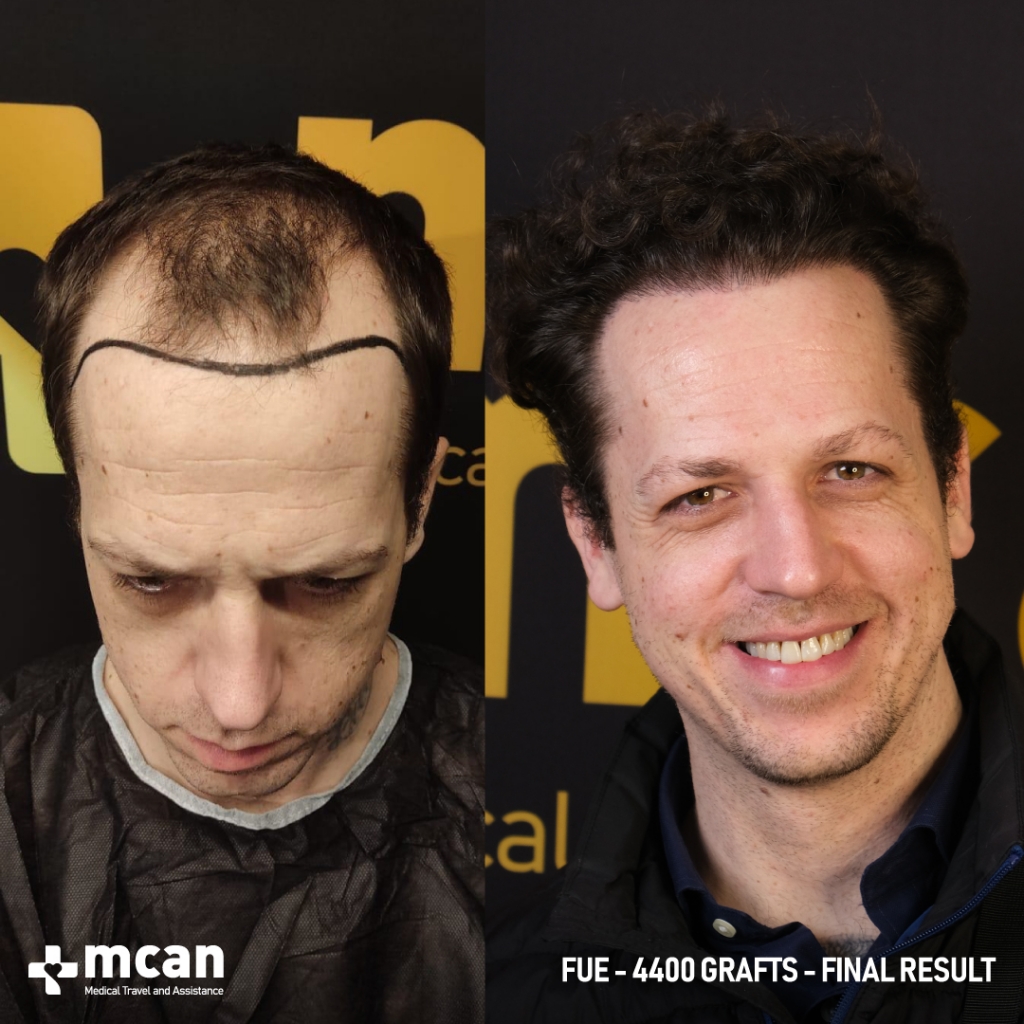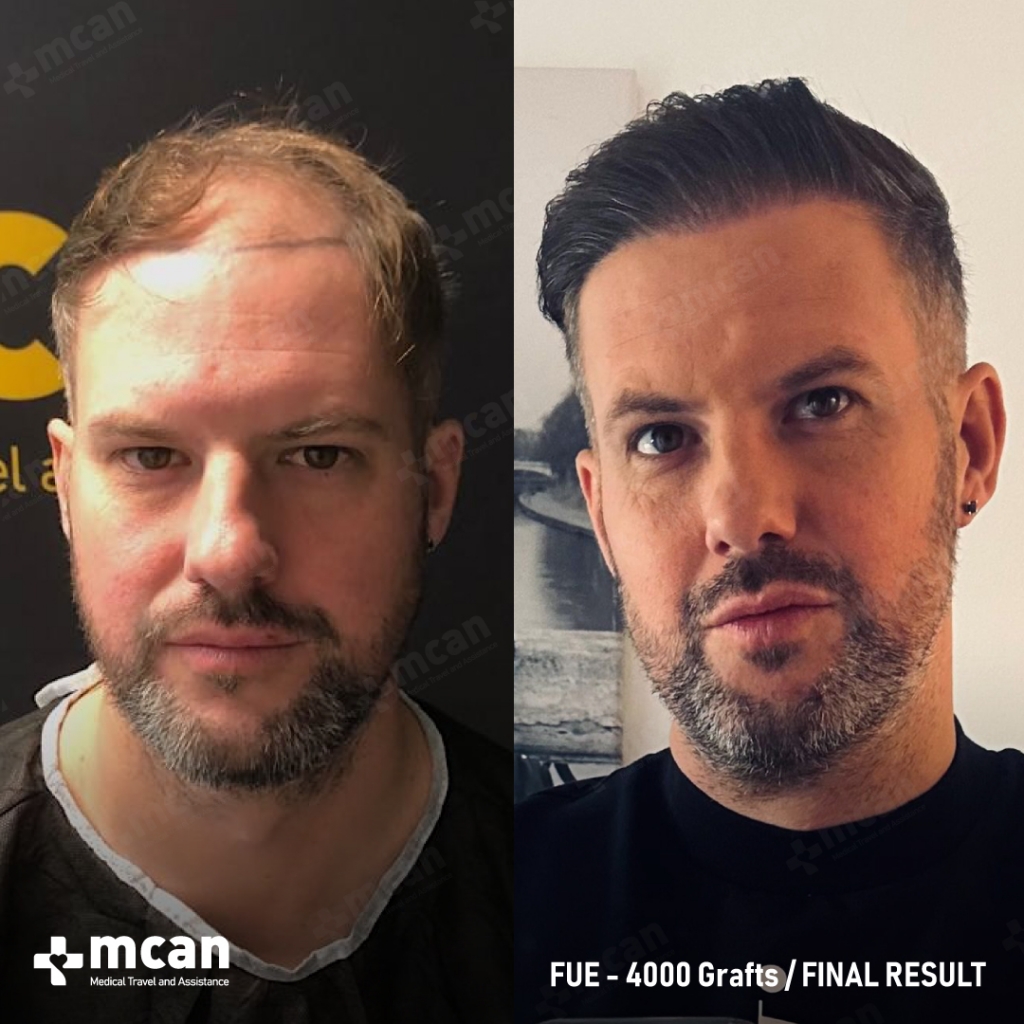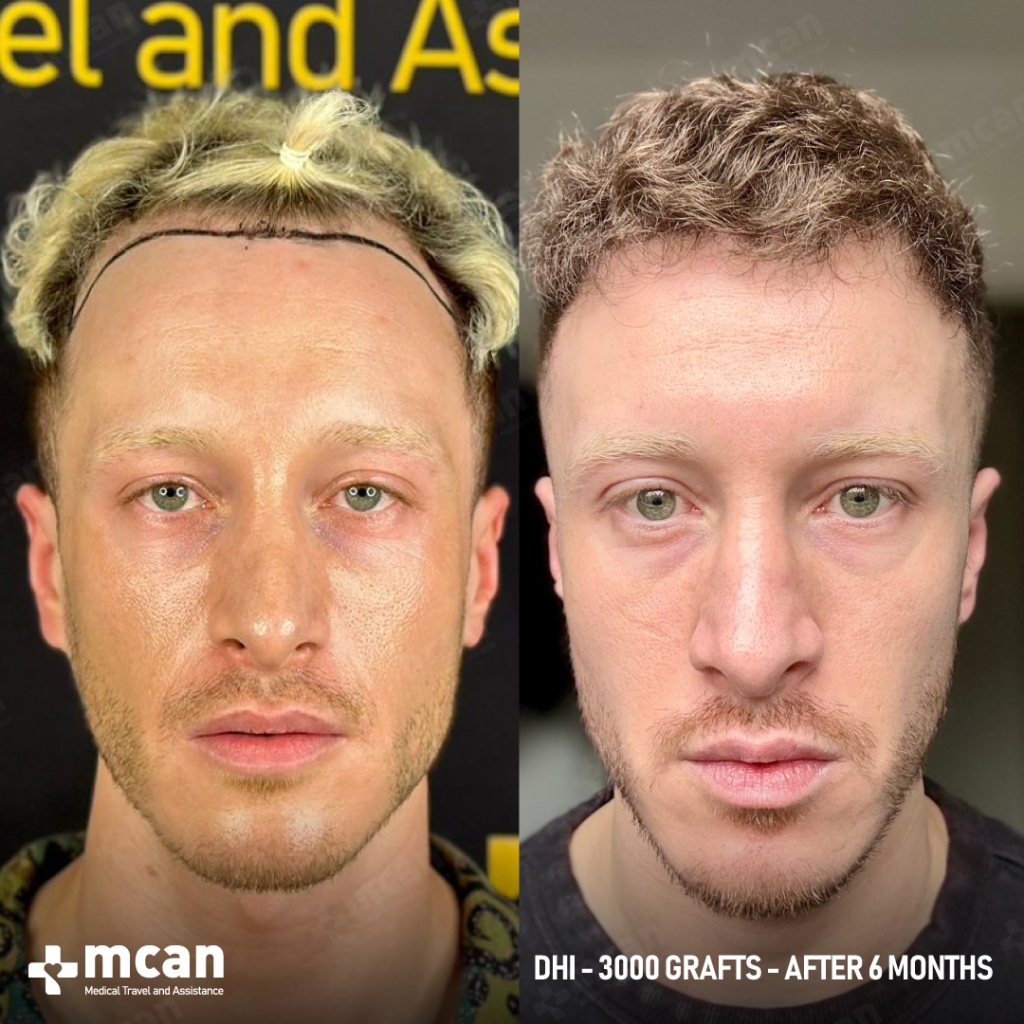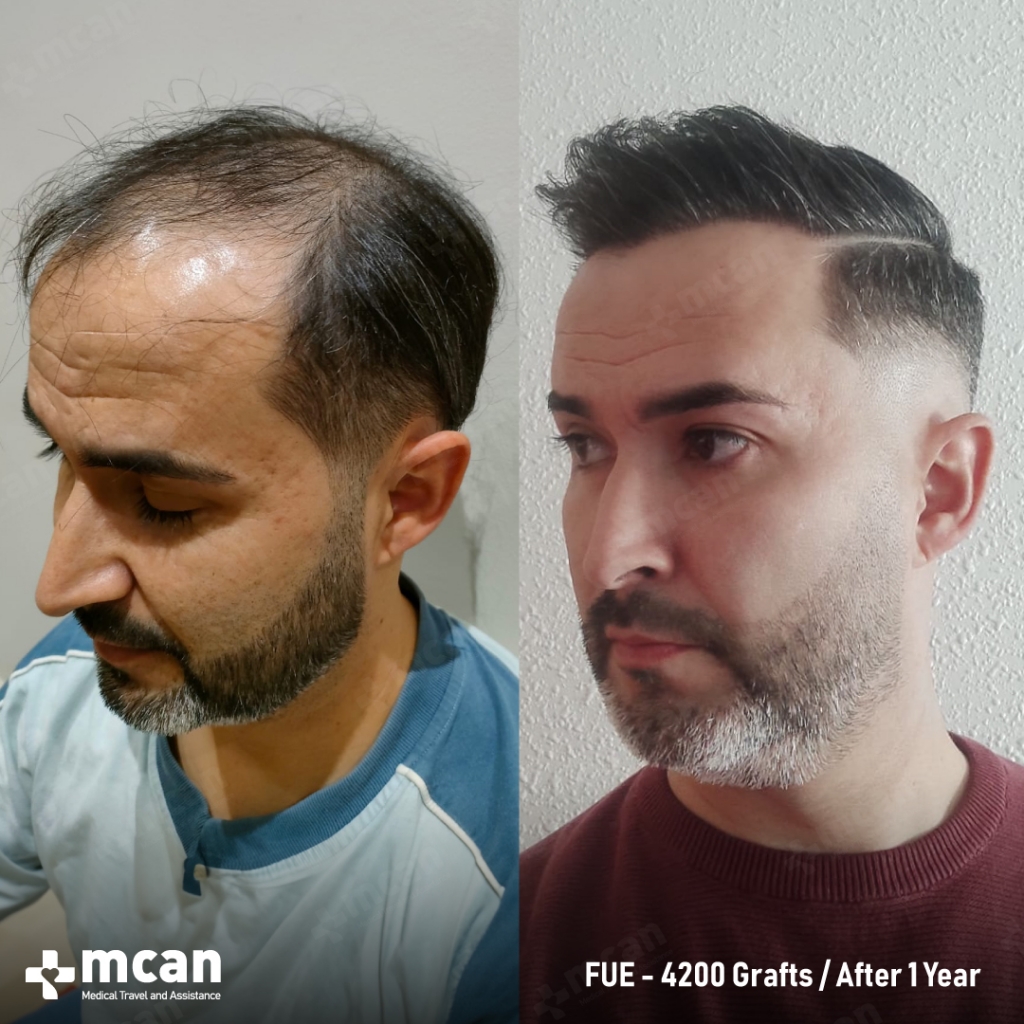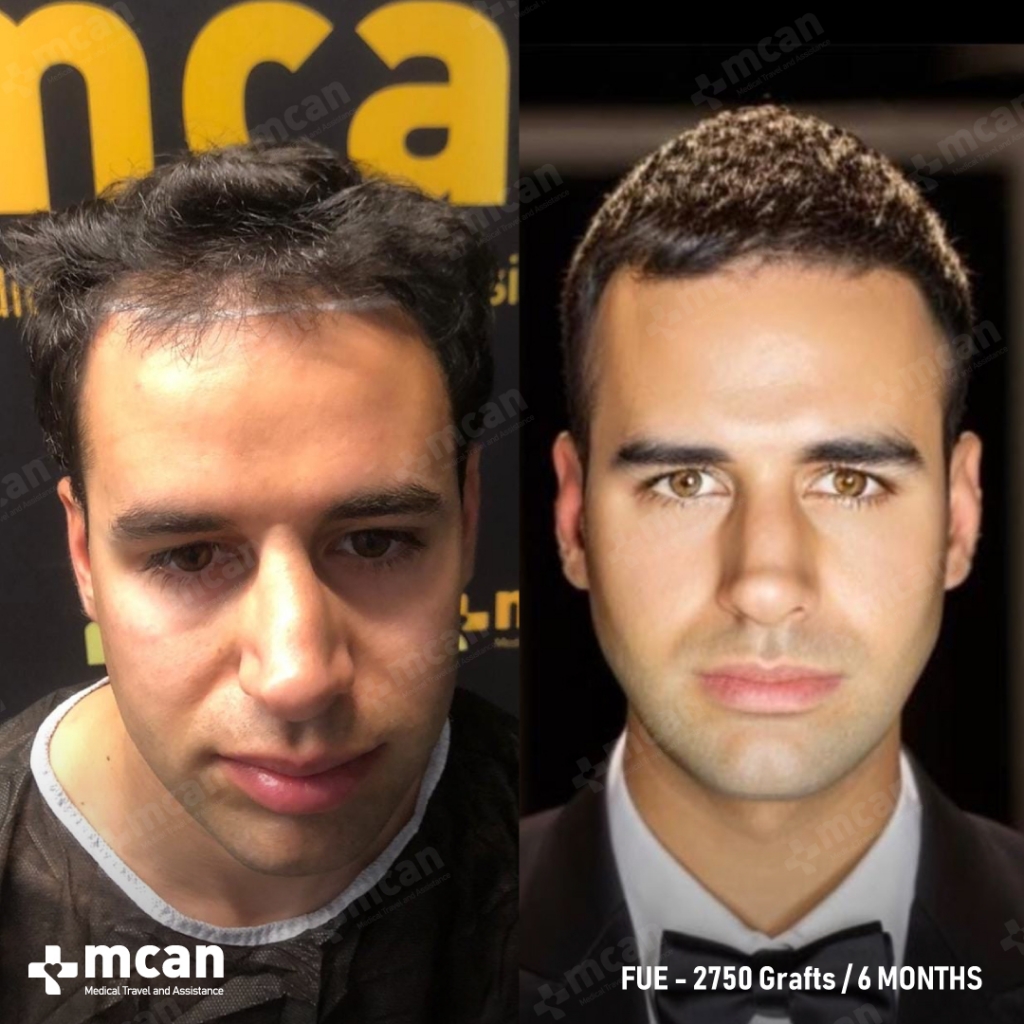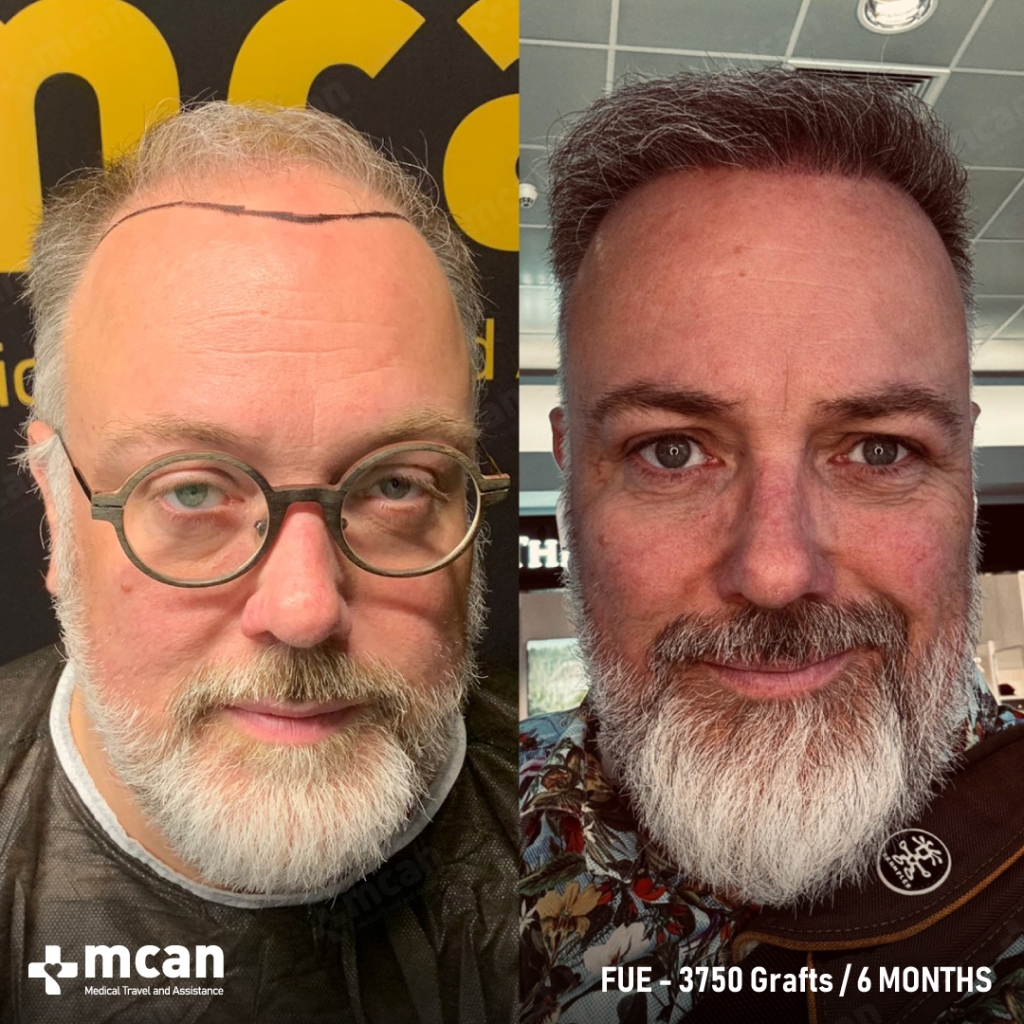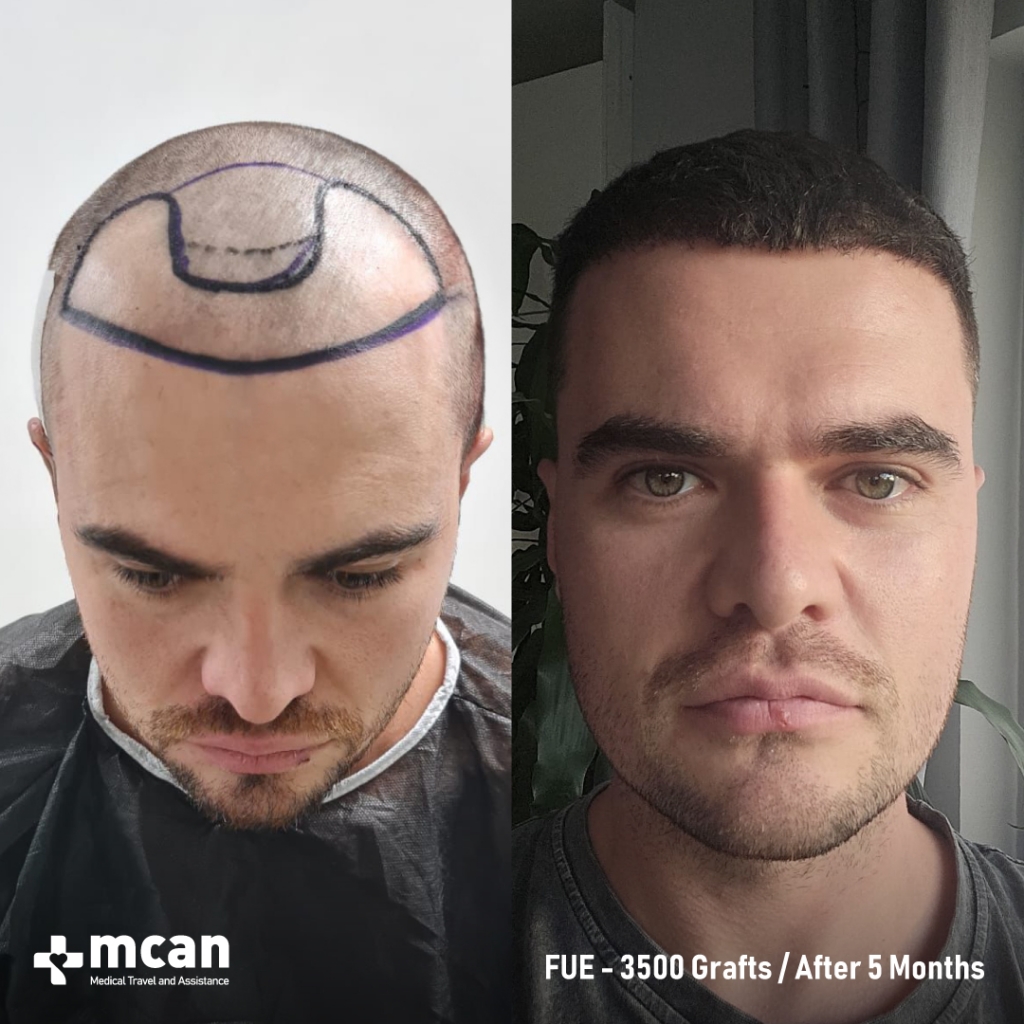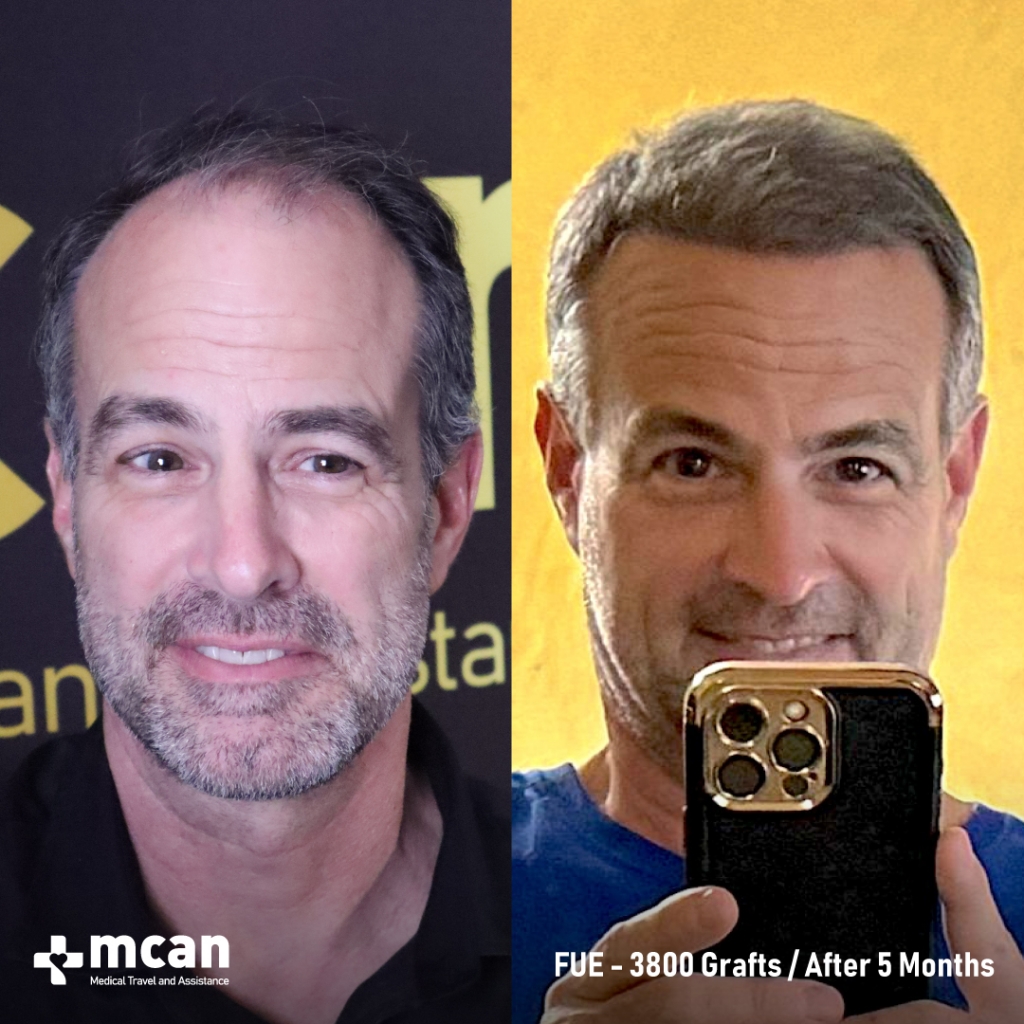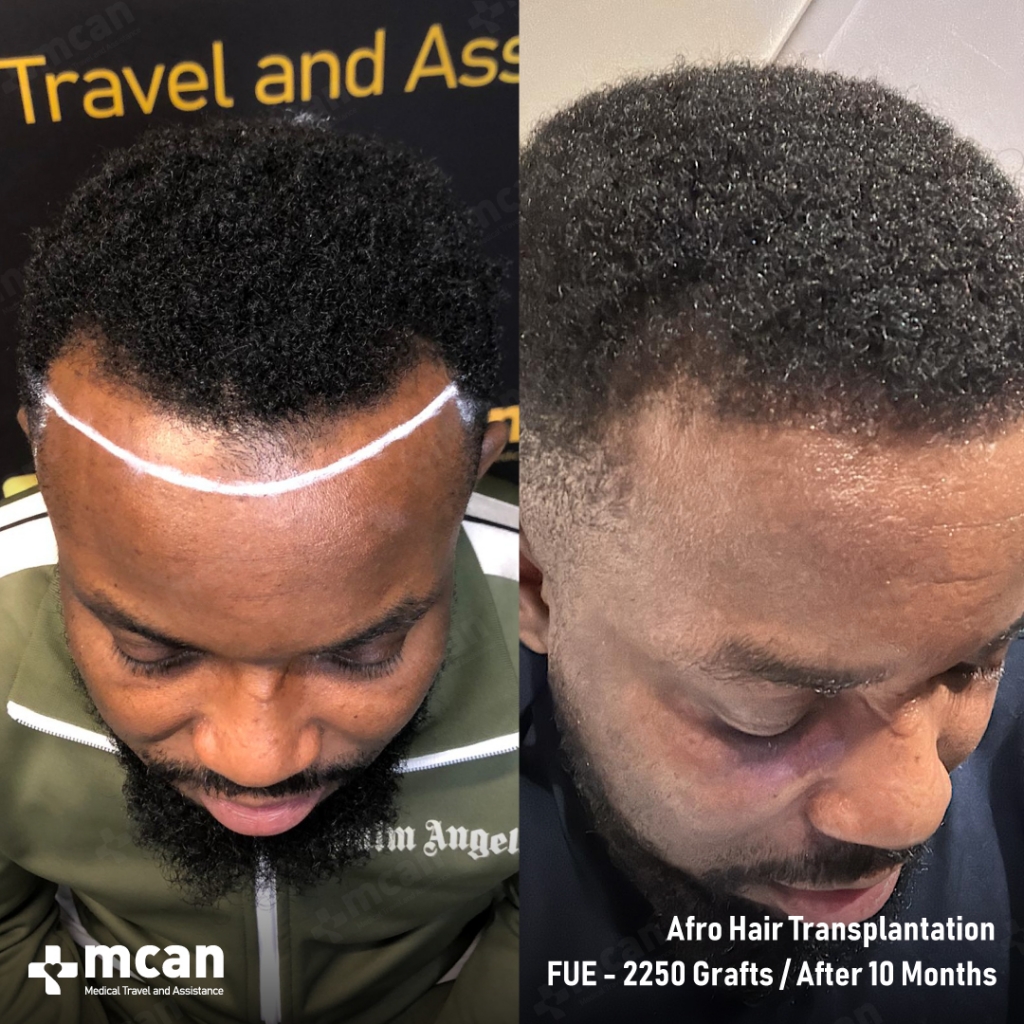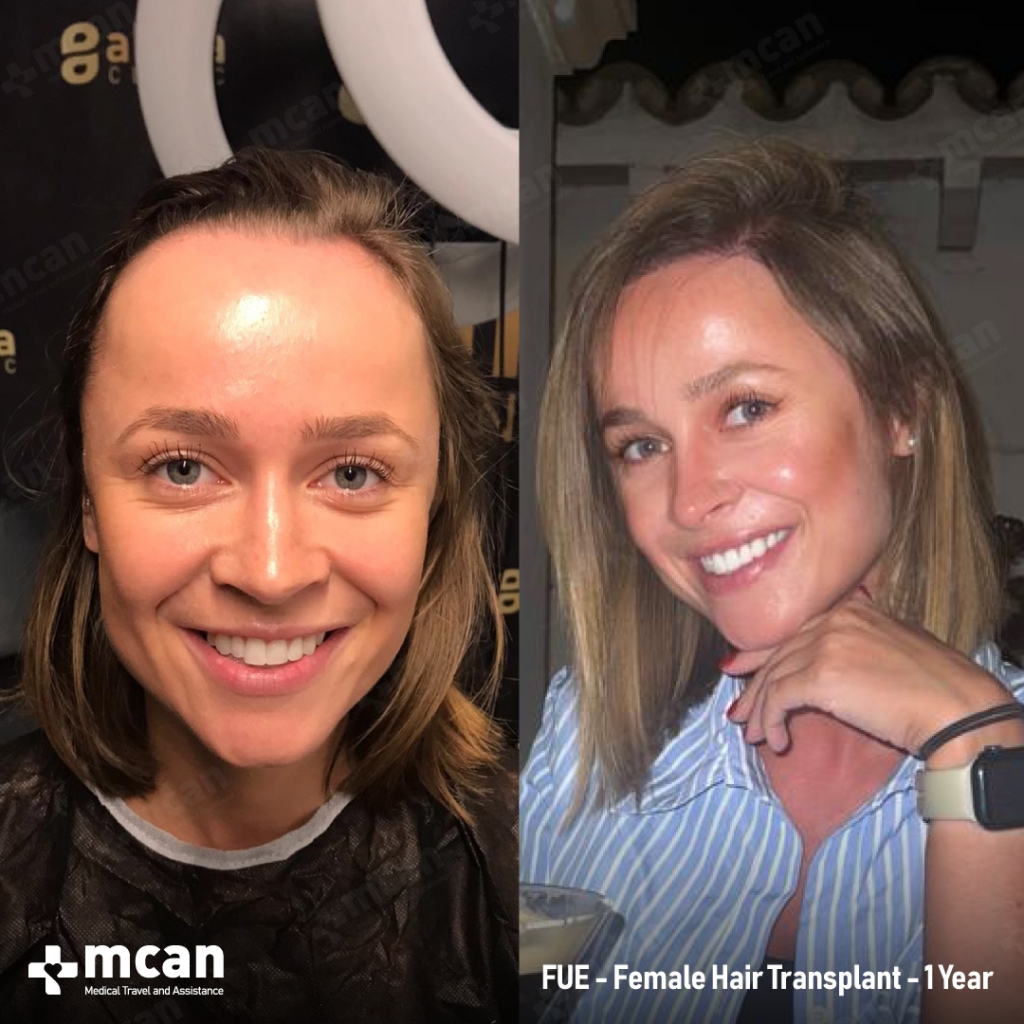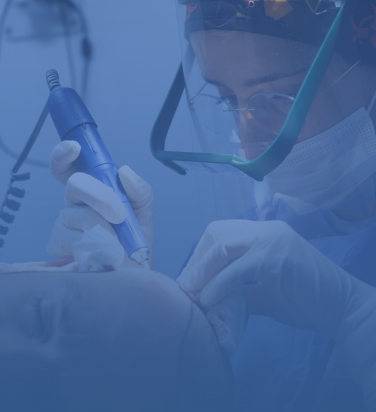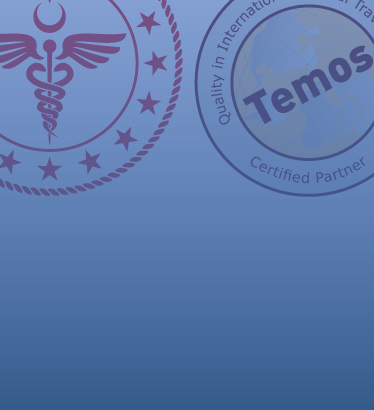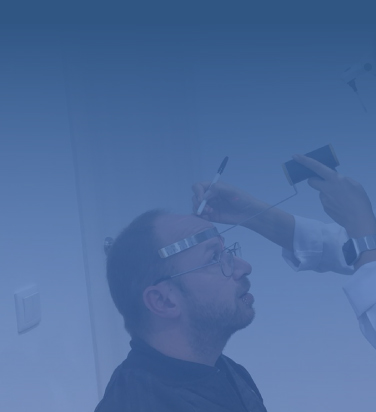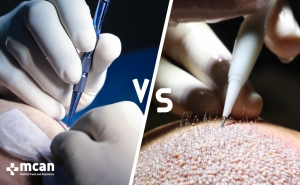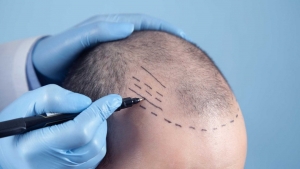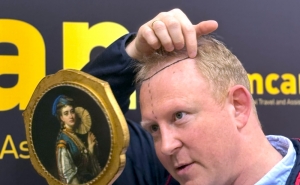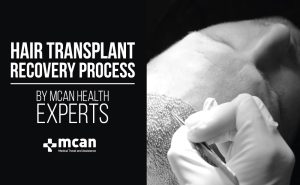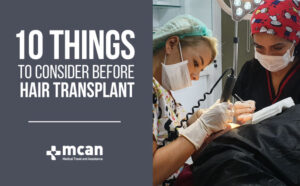Needle Free Hair Transplant
Experience a more comfortable procedure with a Needle Free Hair Transplant, using advanced anesthesia technology for a pain-free start to your hair transplantation.
Featured in:
Needle-Free Hair Transplant provides a more comfortable experience by using needle-free anesthesia to numb the scalp before the procedure. This innovative approach eliminates the discomfort often associated with traditional injections, making the treatment more accessible for patients with needle sensitivity or anxiety.
What is Needle Free Hair Transplant?
Needle Free Hair Transplant is a procedure that eliminates the need for traditional needle injections during the anesthesia process. Instead, it uses air pressure technology to deliver anesthesia directly into the scalp, ensuring the area is numbed and ready for follicle extraction and implantation. This technique, also referred to as a pneumatic or air-powered hair transplant, is designed to provide a more comfortable and less invasive experience, especially for individuals with needle phobia.
The needle-free anesthesia hair transplant is known to be up to 70% less painful than conventional methods, making it an excellent option for those seeking a stress-free procedure. Since this approach is suitable for all hair types, individuals who may have hesitated due to a fear of needles can now undergo a minimally invasive hair transplant with greater ease and confidence.
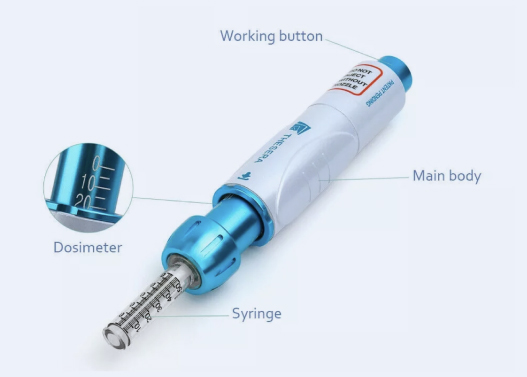
Hair Transplant Before and After:
See What’s Possible
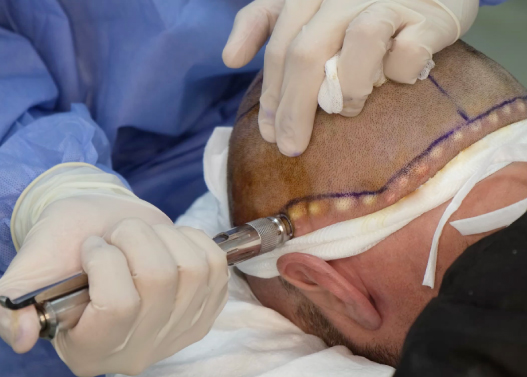
Why Choose a Needle Free Hair Transplant?
Needle-Free Hair Transplant offers several advantages over traditional methods, particularly for patients seeking a more comfortable experience.
Here are the key benefits of choosing a needle-free approach:
- Minimal Discomfort: Up to 70% less painful than traditional injections, providing a stress-free start to the procedure.
- No Needle Anxiety: Ideal for individuals with needle phobia, eliminating a common barrier to undergoing a hair transplant.
- Faster Numbing Process: The air-powered system delivers anesthesia quickly and evenly, reducing preparation time.
- Less Tissue Trauma: Without needle punctures, there is less tissue damage, promoting faster healing and reduced swelling.
- Suitable for All Hair Types: Effective for all hair textures and scalp conditions, ensuring a personalized experience for every patient.
- Minimally Invasive: The needle-free method aligns with the minimally invasive nature of modern FUE and DHI techniques, enhancing overall comfort.
Is Needle Free Hair Transplant Suitable for Everyone?
While a needle-free hair transplant offers a more comfortable experience, its suitability depends on several factors, including an individual’s scalp condition, hair type, and the extent of hair loss. This method is generally ideal for patients who experience anxiety or discomfort with needles.
- Scalp Characteristics: Patients with thicker or tougher scalp skin, excessive scarring, or certain medical conditions affecting the scalp may require alternative anesthesia methods.
- Extent of Hair Loss: The severity of hair loss can influence the effectiveness of the needle-free technique, as larger areas may require more extensive anesthesia.
- Device Quality: The success of the procedure depends on the quality and performance of the needle-free device used, as reliable equipment ensures accurate and effective anesthesia delivery.
- Surgeon Expertise: The experience and skill of the surgeon are crucial in assessing a patient’s suitability for the procedure and ensuring proper anesthesia application.
- Potential Limitations: While the technique reduces discomfort, some patients may experience mild pressure or tingling sensations during the anesthesia process.
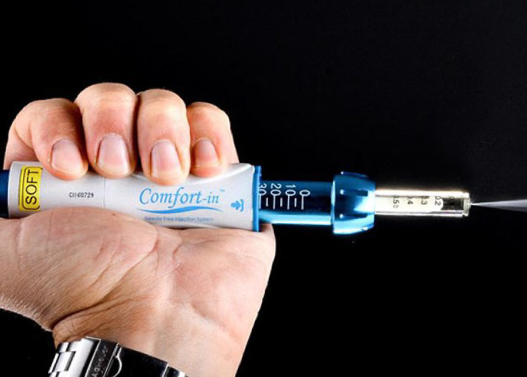
How Does Needle-Free Hair Transplant Work?
The needle free technique offers a more comfortable alternative to traditional numbing methods, using air pressure to deliver anesthesia directly into the scalp. This approach ensures that the treatment area is fully numbed in seconds, allowing for a smooth and painless procedure. The process is quick and involves three key steps:
- Fill Up: The device is filled with a precise dose of anesthetic medication, ensuring the correct amount is delivered for optimal numbing.
- Place: The nozzle of the device is gently placed against the scalp, targeting the areas where the hair transplant will be performed.
- Inject: A controlled burst of air pressure propels the anesthetic into the skin, numbing the area within seconds without puncturing the tissue.
Hair Transplant in Turkey Reviews
Why Choose MCAN Health?
As Seen On
Needle Free Hair Transplant FAQ

Didn’t find your question?
You can ask any questions you have regarding Needle Free Hair Transplant in Turkey right now!
The needle-free anesthesia process is quick, typically taking 5 to 10 minutes. The high-pressure jet injection delivers the anesthetic instantly, ensuring the scalp is numbed within seconds.
The cost may vary depending on the clinic and the extent of the treatment. Since needle-free anesthesia is an advanced technique, it may involve an additional fee compared to traditional methods.
No, the procedure is designed to be minimally painful. Patients usually experience only a mild pressure or tingling sensation during the injection, which is significantly more comfortable than traditional needle-based anesthesia.
The risks are minimal. Since there are no needles involved, the chance of bruising, swelling, or tissue damage is reduced. However, mild redness or temporary sensitivity may occur at the injection site.
Yes, needle-free anesthesia can be used with both FUE (Follicular Unit Extraction) and DHI (Direct Hair Implantation), making it suitable for various hair restoration methods.
The numbing effect typically lasts for 2 to 4 hours, ensuring the patient remains comfortable throughout the hair transplant procedure.
Yes, this technique is also effective for procedures involving the beard, eyebrows, or body hair, offering a more comfortable experience for hair restoration treatments in different areas.

Medically Approved
by Dr. Yavuz
For complete details on how our content is created, reviewed, and maintained for quality and accuracy, please visit our Editorial Guideline.
